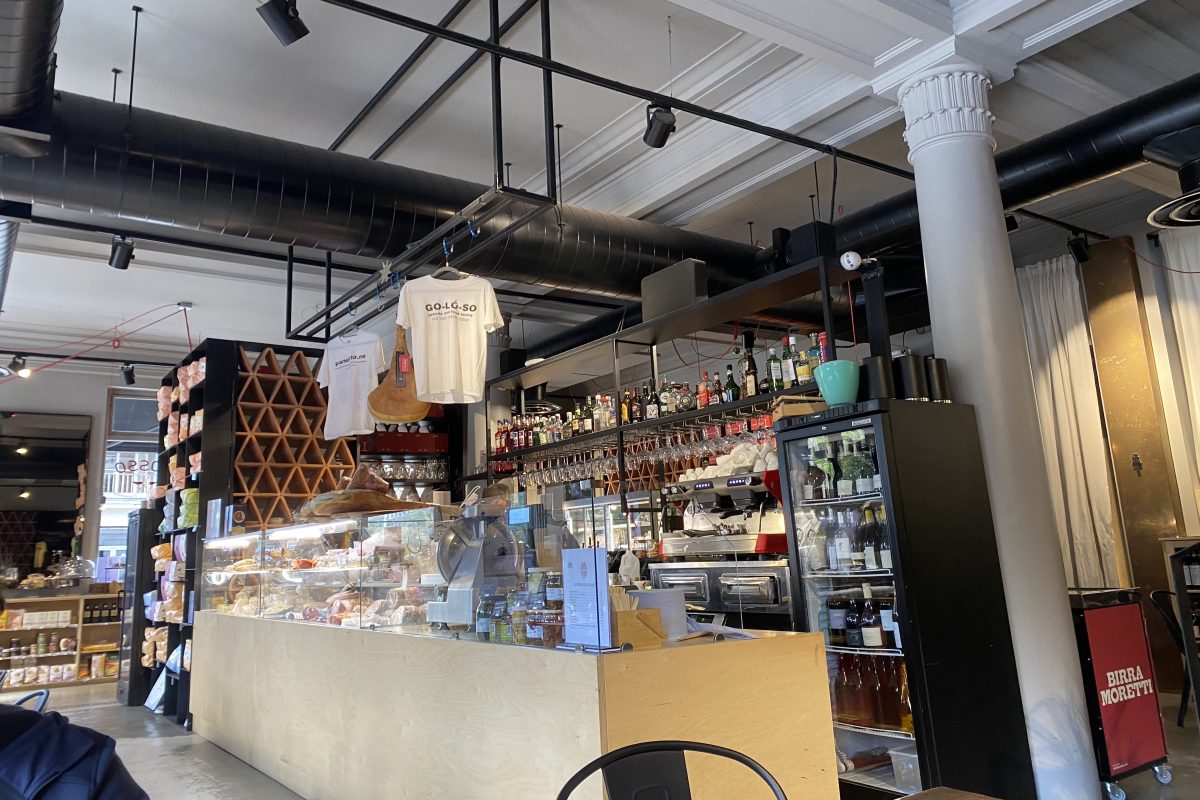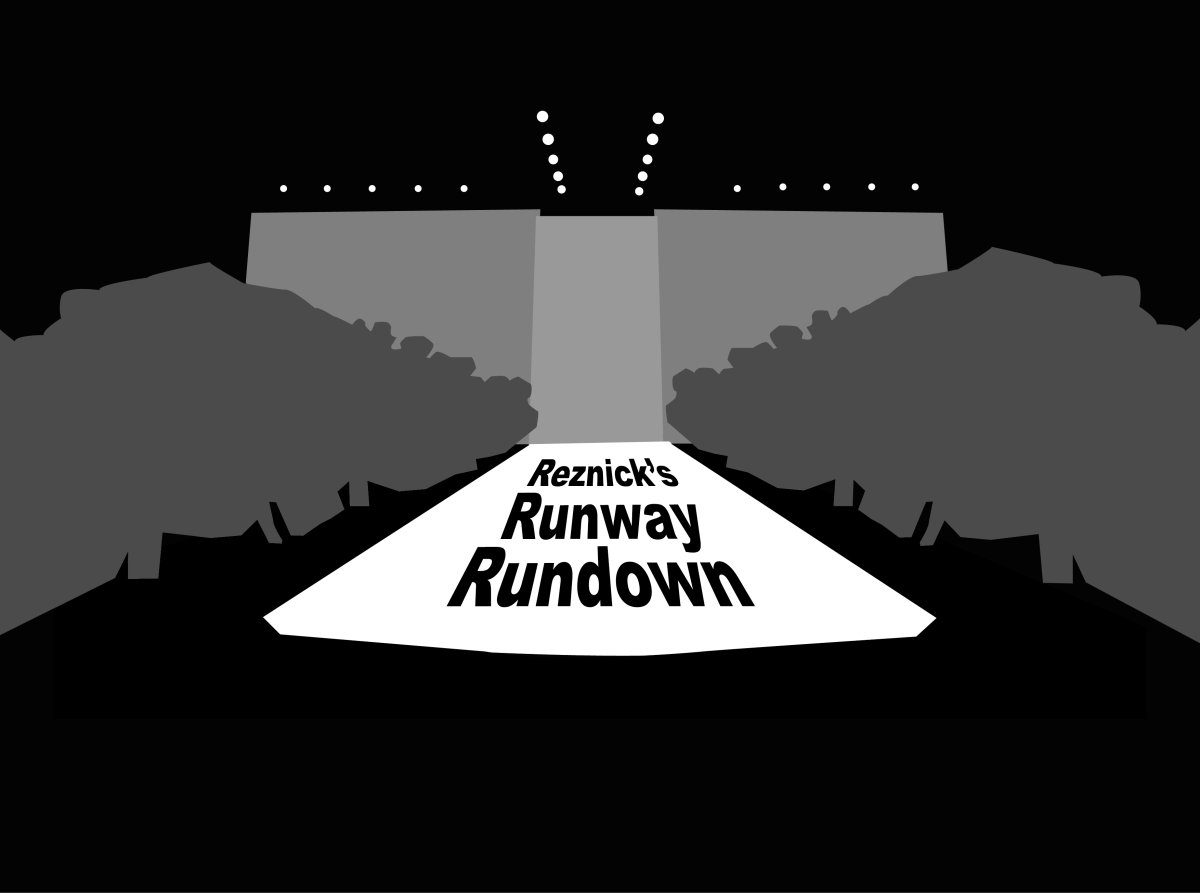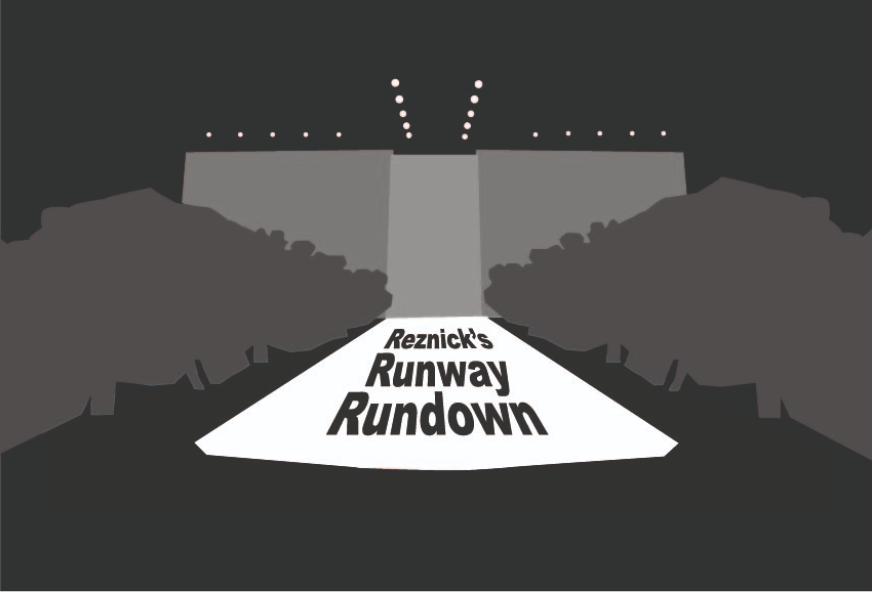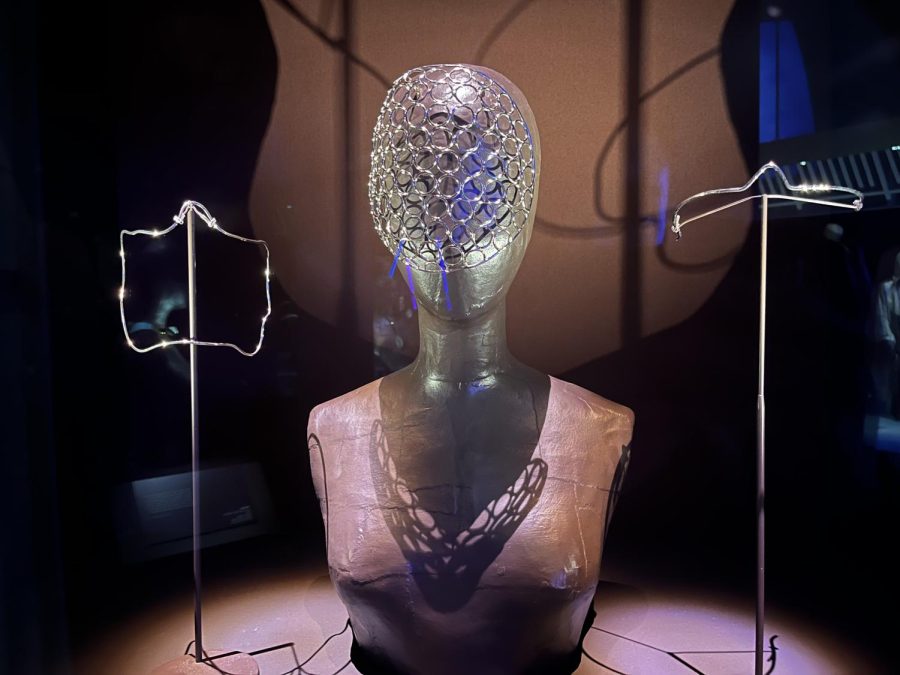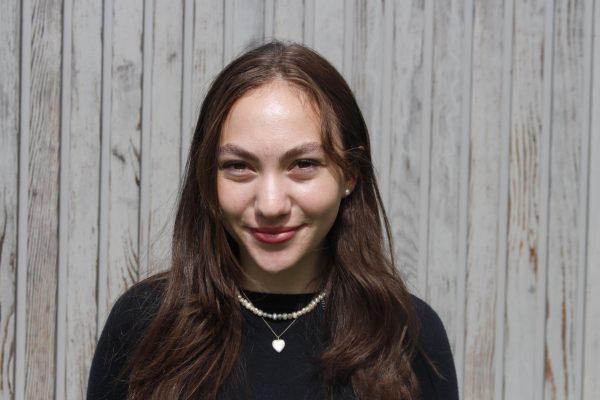Elisabeth Murray’s interest in fashion began with a fascination with clothing on display in museums, so it’s no surprise that her career has led her to a job in the fashion and textiles department at the Victoria and Albert Museum. As a curator, Murray has worked extensively to uncover material for the Museum’s latest exhibition, as well as collaborating with other creatives in order to create a representative show. The result is an exhibition that showcases the diverse creativity which outpours the African continent during the 20th century.
In question-answer format, Elisabeth Murray dives into the African Fashion exhibition and how it came into being.
What inspired the decision to create an African-inspired exhibition?
The exhibition was really inspired by the desire and the need to recognize and celebrate the creativity of the African fashion scene. African fashion creatives are undeniably at the forefront at contemporary cutting-edge fashion, so the exhibition is really a response to that and celebration of that, and then also the desire to then delve back into some of the roots of the fashion scene by looking at the independence years and their impact on the contemporary.
Which collaborations have helped or inspired the exhibition?
Our guiding principle from the show, very early on, is the foregrounding of African voices and perspectives. So while there is a curatorial team, which is myself and the lead creator Christine Checinska and other curatorial colleagues, we very much wanted to prioritize African voices and perspectives. We held workshops early on with academics, with industry professionals, with creatives broader than the show itself, who input on the narrative, suggested people we should talk to. We also had a young people co-design group of 20-ish 16 to 24-year-olds who worked with us on looking at the Global Africa section of the exhibition, and then we had an intergenerational community focus group.
Over the course of your career, how has this exhibition differed from others you’ve curated in the past?
A key amount of research time was during the pandemic which is unusual because what you’re normally doing in that research phase is going out and visiting people, having conversations, looking at their work in person, and that was mediated for us through zoom and teams. In some ways, I think that was perfect for this exhibition because we knew very early on we wanted to look at fashion across the African continent, not just focus on a couple different countries. With the pandemic, it meant everyone was very adept very quickly at using digital technology like Zoom and Teams, so we were able to speak to probably more designers and creatives than we would have been able to had we been able to travel. It ended up being a bit of a blessing for the show, though it did mean especially in terms of the design of the exhibition, we didn’t see a lot of the pieces physically in person until a couple of months before the exhibition opened. So, when you’re planning things like how to place things next to each other when you’ve only got a slightly grainy photograph of what the colors look like, that can be quite challenging.
What part of the exhibition are you most excited to show to the world?
Broadly, I think the scope of the exhibition is a real feature of it. There’s so many ways to manifest an exhibition about the contemporary African fashion scene and we’ve really just taken one approach which is to give, and we recognize it really it is very much a glimpse, of the glamor and politics of that fashion scene showing a variety of practices of skills, of modes of working. I think for too long African fashion has been put in a stereotypical box. The goal of the exhibition and what our visitors really resonate with is realizing that African fashion creatives can and do chart their own course, and African fashion can look like anything.
What was the hardest part of curating this exhibition in particular?
Apart from COVID, the space, there’s so much content especially when you’re doing an exhibition about the continent. For example, one of the designers in the show is Chris Seydou whose a Malian designer working in the ’70s, ’80s, and early ’90s, and very little of his work is known about, and very small amount of it is in museums and in January 2020 we issued a call out for garments to get in touch if they had things in their wardrobes or if they knew things for us and this lady got in touch and she was Chris Seydou’s model and muse, when he worked in Paris in the ’70s. She turned up with two dress rails full of clothes which were absolutely incredible, and we only had space in the show for five.
What are your goals with this exhibition and what do you hope to convey to the audience?
It is more broadly very much part of the museum’s wider commitment to focus on work by African and African diaspora creatives, so building the contemporary collection is a huge part of it. We’ve acquired over a hundred new works, always in conversation with the designers themselves. The legacy of the show is really important. Once Africa fashion shuts, having the work of these designers in the V&A collection for hundreds of years to come and being able to inspire people is really, really important.
What aspects of African culture did you find most essential to convey throughout the exhibition?
We very much saw the exhibition as a platform for the creatives to discuss their own issues and priorities and viewpoints and perspectives and cultures. We didn’t have particular areas we were focusing on. It was more providing a platform for the designers themselves, but it caused this idea of abundance we’ve talked about and showing the abundance of the culture and histories across the continent as well.
I remember from the exhibition textiles were so important to Africa and they’re so unique to that continent. How have you found that African textiles represent aspects of their culture?
There are hundreds if not thousands of textile traditions across the continent so it’s constantly being adapted and reinvented with new ones created. Each one has a myriad of stories and cultural meaning attached to it. In the exhibition, you’ll have seen Àdìr?, which is an indigo-dyed Yoruba cloth that came about by the late 19th century. It is constantly adapted and reinvented and it is an integral part of Yoruba culture. The designers are really keen to keep it going, but also for it not to be static or isolated. A contemporary designer, Lagos Space Programme, uses Àdìr? now, but adapts it for the current moments. Àdìr? historically been used to communicate, so the symbols and the patterns can send messages. For Adeju Thompson the founder of Lagos Space Program, that’s a really integral part of the textile, but they want to reinvigorate it for now so they create cloth which has graffiti motifs on which have phrases in Yoruba to communicate in a written form. I love this with textiles, which are continuously moving and adapting but the core of what makes them special to the designers is staying.
What’s one aspect of African fashion you wish were more prominent within worldwide trends?
There’s a real love of textile which is quite a prominent theme for a lot of the designers. Within that, there’s an honoring of the artisans who make it, and a determination to make sure that the economic benefits of using those textiles is fed back on a community level. Awa Meité for example is a designer based in Mali. She works predominantly with cotton and a huge part of her process is to make sure that the money from cotton being finished gets fed back to the cotton workers, so this focus on community through textiles is really interesting, and I think is a great way of working moving forward.
And since doing all the research for this exhibition, what influence and what level of influence have you noticed that Africa has on the fashion world? What aspects of African fashion have you seen bleed out into other worldwide trends?
The last section of the museum, Global Africa, looks at how the digital can be used to connect us all, so whether it’s something like Black Panther, whether it’s Burner Boy wearing something by Tokyo James at the Grammys, influence of the Africa fashion scene globally is shifting the geography of global fashion. For the exhibition we were quite inspired by this quote from Felwine Sarr, an economist who wrote the book Afrotopia. To paraphrase, he says Africa does not have to lag behind anyone, and above all it doesn’t have to follow the past prescribed by others. It’s interesting the way that some designers are choosing to change ways of working, so operating through Instagram is huge, the use of digital platforms whether you chose to produce seasonally or not, there’s so many different ways of working that designers on the continent are embracing and they have a big impact on the infrastructure of the fashion industry.

